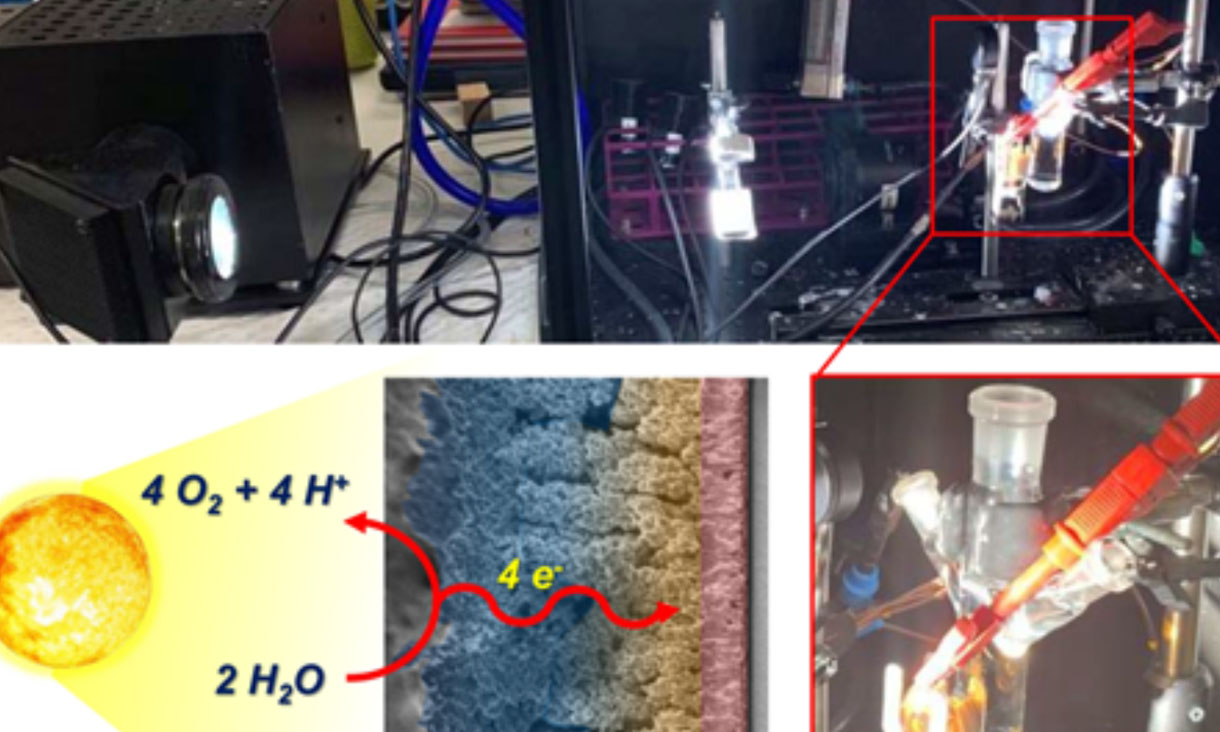This project aims to investigate and develop novel metal oxide coatings that can absorb sunlight and convert it into chemical energy by splitting water into hydrogen and oxygen, therefore producing clean fuel (hydrogen) with very limited greenhouse gases emissions, at a low cost.
The materials targeted are earth abundant, nontoxic and cheap, such as iron oxide (hematite) and various ferrites.

Dates
January 2022 to December 2026
Project outcomes
The outcomes of the project are the development of a series of materials and coatings able to provide direct conversion of water to hydrogen and oxygen using sunlight as the driving force, targeting 10% solar-to-hydrogen (STH) conversion efficiency.
Key people
Relevant collaborators
- University of South Australia
- CSIRO
- CNR (National Research Council of Italy)
- Circular Materials
Funding source
- Australian Research Council